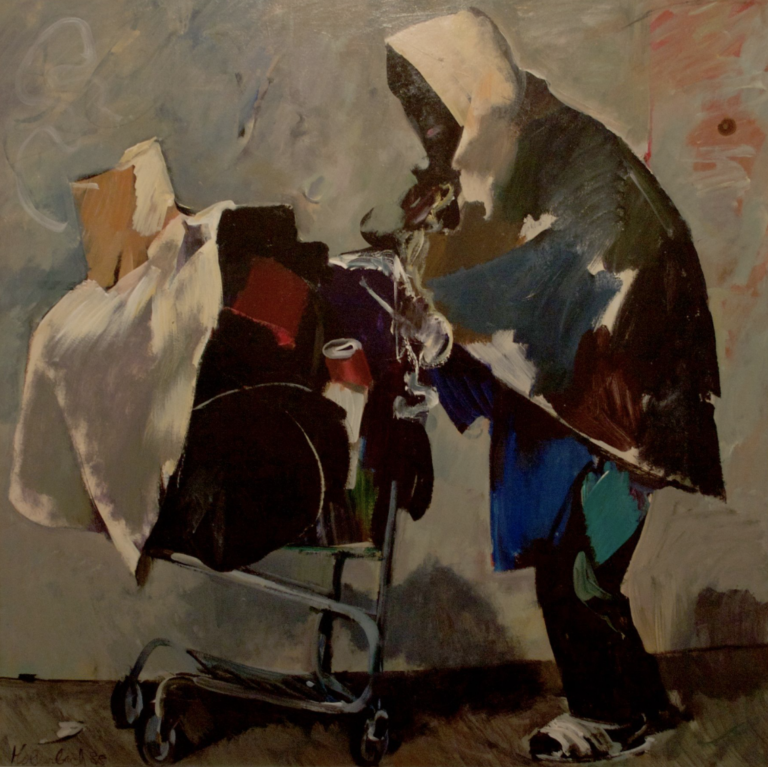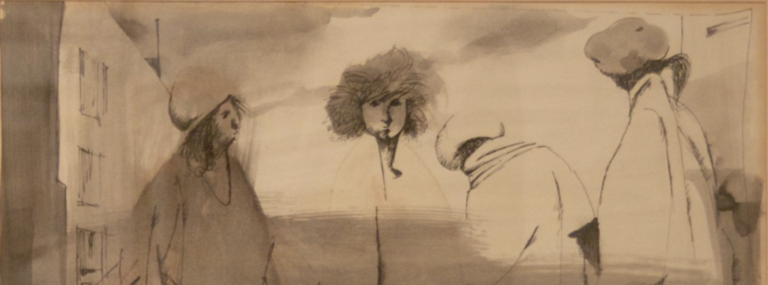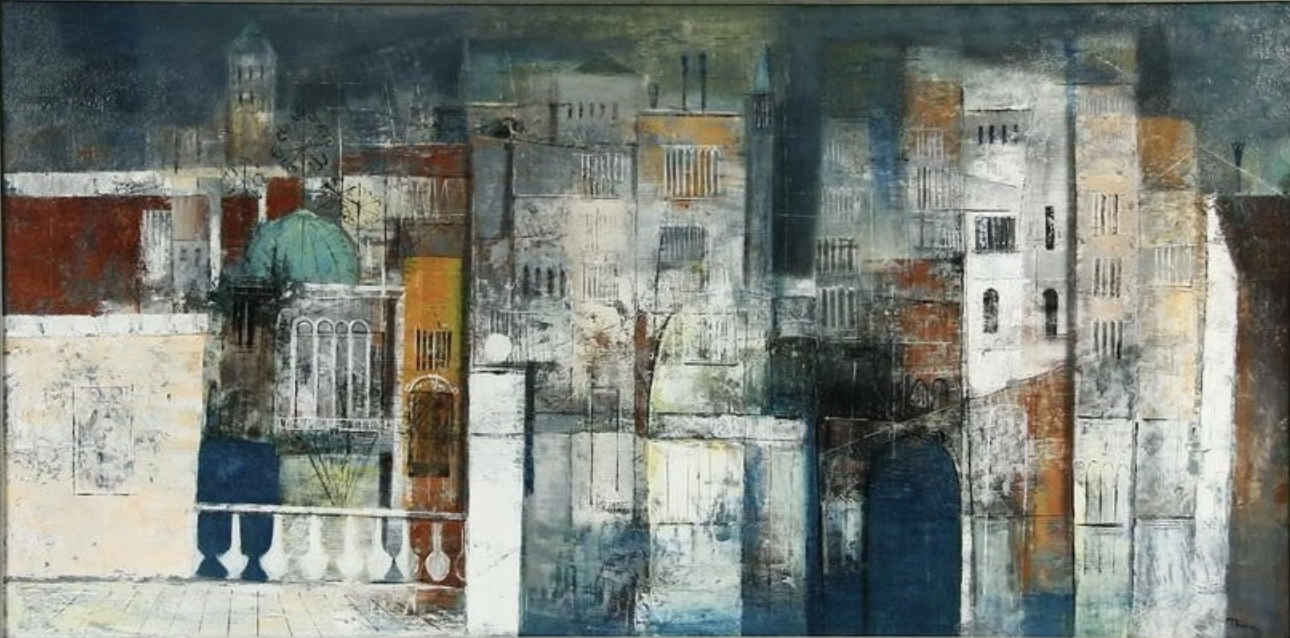













Serge Hollerbach
1923 - 2021
“There was an artist, Oskar Kokoschka, you’ve probably heard of him. After the Second World War, he opened an art school in Switzerland called the Three Eyes Art School. Two eyes in your head, and then the inner eye. I am cultivating my inner eye.”
Serge Hollerbach in a 2014 Oral History with The Vision & Art Project
Biography
Serge Hollerbach was born in Russia. He studied at a high school run by the Academy of Fine Arts in Leningrad until the Nazis invaded the city in 1941. Along with many other Russians, he was sent to Germany to work as a laborer in the factories. While living in a refugee camp after the war, he studied at the Munich Academy of Fine Arts, where he was introduced to an expressionistic mode of working.
He immigrated to the United States in 1949 and settled on the Upper West Side of New York City, where he resided until his death in 2021. Along with being his home, the Upper West Side served as his inspiration and was the source of many of his paintings. Among other subjects, he was drawn to painting the inner solitude of city dwellers as they went about their daily business. His approach to painting was “truth of life,” he said.
He taught for many years at the National Academy of Design, and received numerous awards for his casein and watercolor painting. His work can be found in the collections, among others, of the Yale University Art Gallery, St. Paul Gallery of Art, Georgia Museum of Art (Athens, Georgia), the Mead Art Museum (Amherst College), and several institutions in Russia.
Hollerbach’s post-macular artwork
Beginning in 1994, Hollerbach was experiencing severe vision loss, which ushered in a new phase of his work. With Oskar Kokoschka’s notion of a “third eye” in mind, Hollerbach turned to what he called his “inner vision” and relied on muscle memory to execute his work. With the Upper West Side streetscapes in mind, he painted increasingly abstract iterations of shoulder-to-shoulder pedestrians, with their canes, shopping bags, rolling luggage, and dogs.
Hollerbach often said that macular degeneration freed him to pursue a vision more in keeping with his expressionistic roots. Profiled in The New York Times in the summer 2018 in connection with The Persistence of Vision exhibition at The University of Cincinnati, he expanded on this notion, saying in reference to his post-macular work, “To be playful, you have nothing to lose. Nothing to lose is a new kind of freedom.”
V&AP Resources Related to This Artist

Feature Article
Digitized Slides Reveal 70 Years of Cityscapes
The Russian émigré artist Serge Hollerbach has spent seven decades drawing and painting his Upper West Side neighborhood—most recently, from memory.
Read More
Feature Article
“There Is Such a Thing as Instinct in a Painter”
In this excerpt from our oral history, Serge Hollerbach talks about making contact with reality through art.
Read More
Feature Article
Lessons in Creativity from Artists with Macular Degeneration
Eight artists from one generation and how they continued making art after vision loss due to macular degeneration.
Read More












